Reverse Osmosis And Membrane Distillation For Desalination Of Groundwater: A Review
Reverse Osmosis and Membrane Distillation for Desalination of Groundwater
Authors: Bhausaheb L. Pangarkar, Mukund G. Sane, and Mahendra Guddad
Received 3 April 2011; Accepted 10 May 2011
Introduction:
Water is the source of life, the basis of human survival, and the principal material base to guarantee the economy substantial development of a country. With increasing global population, the gap between the supply and demand for water is widening and is reaching such alarming levels that in some part of the world, it is posing a threat to human existence [1]. The fresh water scarcity is a growing problem all over the world because only 1% of earth’s water is fresh water available for human to drink [2]. The US geological survey found that 96.5% of earth’s water is located in seas and oceans and 1.7% of earth’s water is located in the ice caps. The remaining percentage is made up of brackish water,
slightly salty water found as surface water in estuaries and as groundwater in salty aquifers [3]. The need for fresh water is at the top of the international agenda of critical problems, at least as firmly as climate change. India as a country has 16% of the world’s population and 4% of its fresh water resources[4]. Due to rapid industrialization and development, there is an increased opportunity for grey water reuse in developing countries such as India. Although India occupies only 3.29 million km2 geographical area, which forms 2.4% of the world’s land area, it supports over 15% of world’s population. The population of India as of March 31, 2011 was 1,210,193,422 persons (Census, 2011). India also has a livestock population of 500 million, which is about 20% of world’s total livestock. However total annual utilizable water resources of the country are 1086 km3 which is only 4% of world’s water resources [5]. Total annual utilizable resources of surface water and groundwater are 690 km3 and 396 km3, respectively [6]. Consequent to rapid growth in population and increasing water demand, stress on water resources in India is increasing and per capita water availability is reducing day by day. In India, per capita surface water availability in the years 1991 and 2001 were 2300 m3 (6.3 m3/day) and 1980 m3 (5.7 m3/day), respectively, and these are projected to reduce to 1401 and 1191 m3 by the years 2025 and 2050, respectively [5].
Only logged in customers who have purchased this product may leave a review.


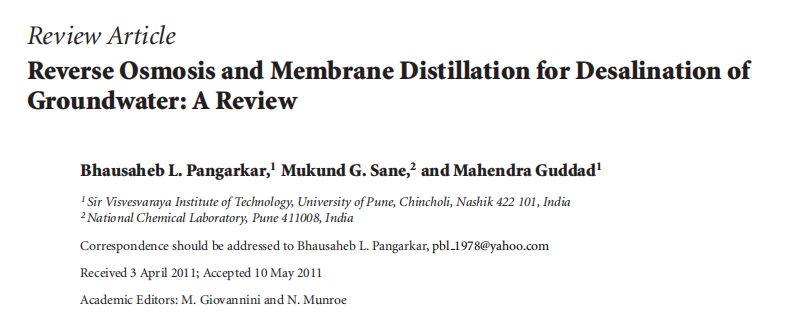
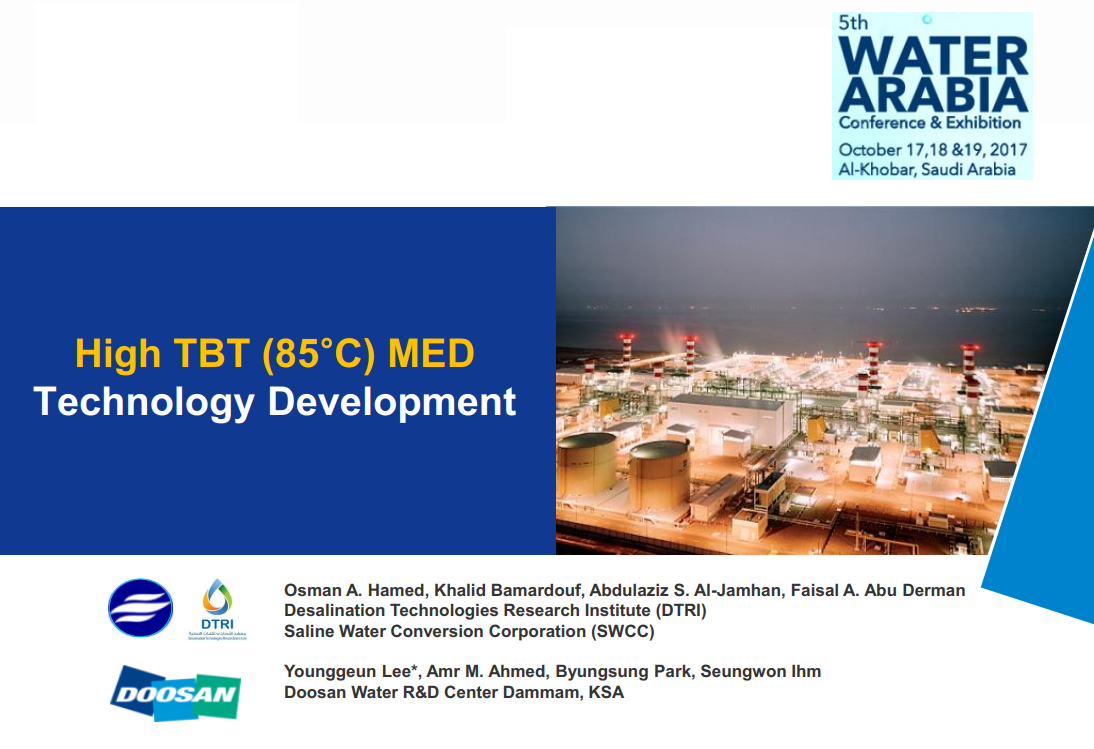




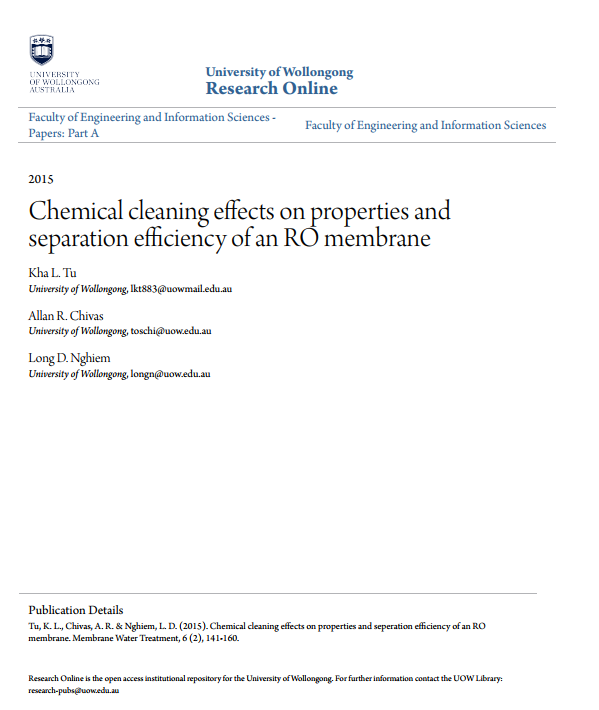

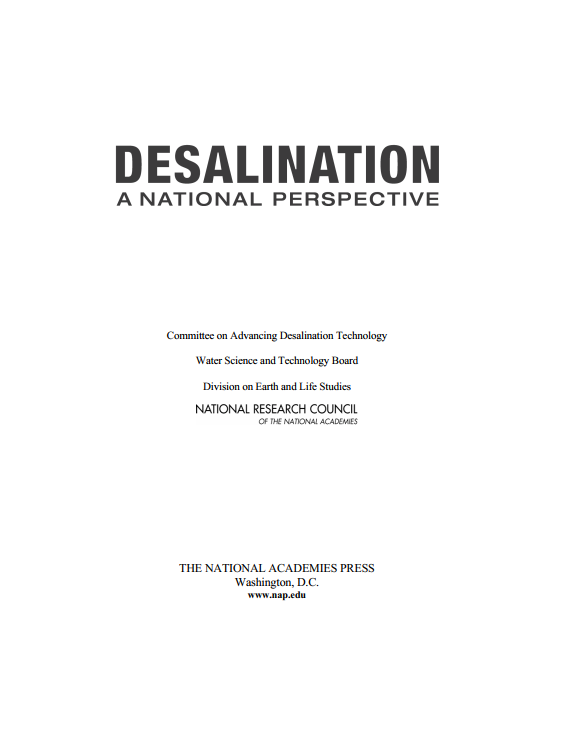
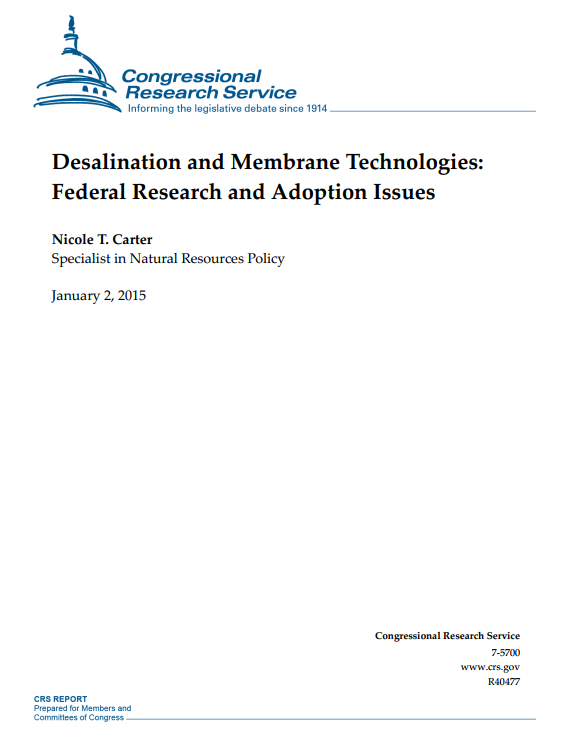


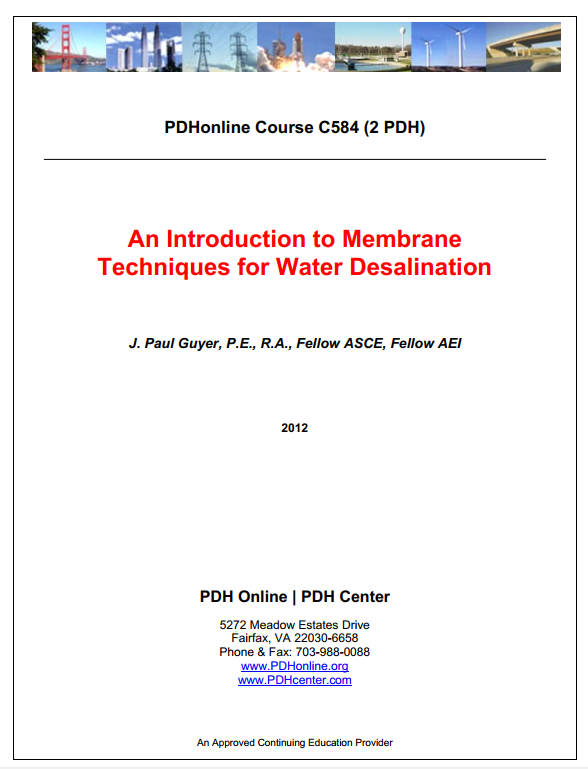
Reviews
There are no reviews yet.